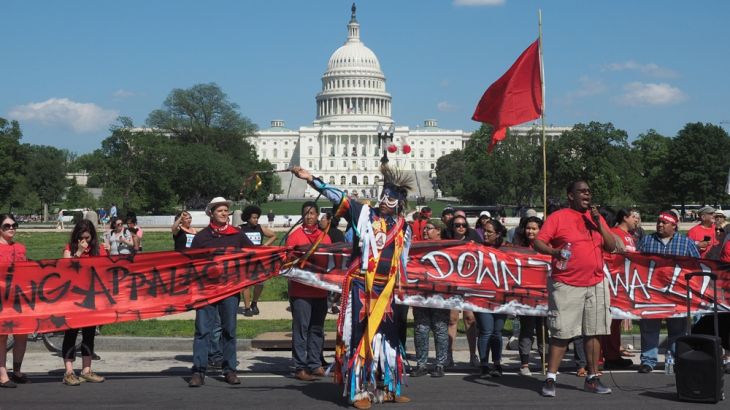
Driving Change
earthrise travels to China and the US to see how the world’s environmental leadership is changing hands.
China and the United States are the world’s two biggest carbon dioxide emitters, but what approach are these countries’ governments taking in the fight against climate change?
In Shenzhen, one of China’s most populous cities, new regulations to tackle air pollution are helping to unleash a revolution in clean energy and transport. Meanwhile, the tone has changed in Washington, DC, with the Trump administration rolling back much of the environmental policies that had been made over the past decade.
Keep reading
list of 4 itemsAfter the Hurricane
World’s coral reefs face global bleaching crisis
Why is Germany maintaining economic ties with China?
US: people power
Even before he became president, Donald Trump made it clear that his administration’s environmental policies would fly in the face of much of the US legislation crafted in recent years to combat global warming.
In late April, more than 200,000 people gathered in Washington, DC to advocate for action against climate change. Russell Beard attends the march and speaks to some of the men and women at the forefront of a global network of grassroots resistance.
He meets Wes Gillingham, who not only lives on a farm that uses 100 percent renewable energy, but also led the charge on a citizen campaign, one of many activist movements that got fracking banned across New York State. Now, he has set his sights on a new bill: to have New York State running on renewable energy by 2050.
China’s transport revolution
Urban air pollution in China has reached crisis levels and studies estimate that it kills more than one million people in the country each year.
Since the 1980s, Shenzhen has grown from being little more than a farming community to a booming metropolis with more than 11 million inhabitants, 150 skyscrapers and more than three million cars.
Here, the new energy vehicle industry is booming. By September of this year, all of Shenzhen’s buses will be fully electric. Meanwhile, residents are restricted access to new licence plates for cars running on fossil fuels and nudged to buy hybrid or electric ones through government subsidies.
“When I was small we played outside,” says Lu Dongpeng. “Since then the air got so much worse that children can’t play outside because their parents won’t let them.” Lu saw so much potential in the electric car market that he opened his own dealership and repair shop in July 2016.
And there’s an even more environmentally friendly way of getting around in Shenzhen: through its “dockless” city cycles.
Stephanie Wong visits Shenzhen to learn more about how the city is cleaning up its transport.